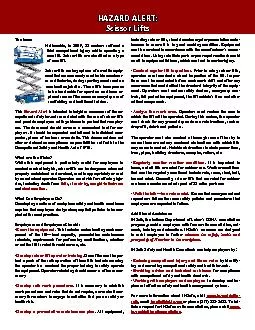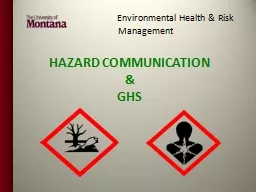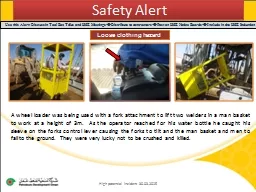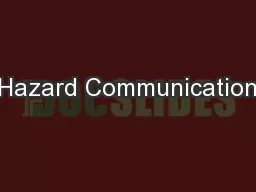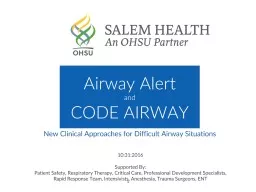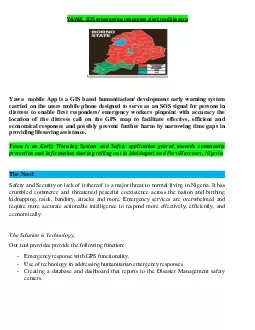PDF-HAZARD ALERT:
Author : debby-jeon | Published Date : 2015-10-17
Scissor Lifts The Issue Nationwide in 2009 22 workers suffered a fatal occupational injury while operating a man lift Scissor lifts are classix00660069ed as a type
Presentation Embed Code
Download Presentation
Download Presentation The PPT/PDF document "HAZARD ALERT:" is the property of its rightful owner. Permission is granted to download and print the materials on this website for personal, non-commercial use only, and to display it on your personal computer provided you do not modify the materials and that you retain all copyright notices contained in the materials. By downloading content from our website, you accept the terms of this agreement.
HAZARD ALERT:: Transcript
Download Rules Of Document
"HAZARD ALERT:"The content belongs to its owner. You may download and print it for personal use, without modification, and keep all copyright notices. By downloading, you agree to these terms.
Related Documents

